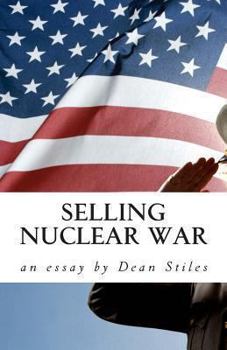Selling Nuclear War: Educating Americans to fight the Cold War
This essay examines how civil defence films released in the 1950s by the United States federal government were used, as part of its overall civil defence effort, to inflate the threat of atomic war and establish a programme of domestic social control that enabled the government to maintain a foreign policy that was publicly contingent on the use of the atomic arsenal. In the United States, post-war thinking was dominated by two popularly held concerns: the assumption that war with the Soviet Union was not a remote possibility and that any war would entail the use of nuclear weapons. Strategic planners within government agencies has to sell to the public a concept of deterrence based on nuclear weapons which meant that the 'front line' in the next war would not be 'over there' but at home, within the United States. The concern was that fear of nuclear weapons would undermine any dependence of a nuclear strategy. To overcome this, the federal government embarked on an ambitious, planned campaign to sell nuclear war as survivable and a viable option for self defence. Film's potential to influence public opinion made it especially attractive to public relations practitioners retained by the government to develop the campaign.
Format:Paperback
Language:English
ISBN:1477666702
ISBN13:9781477666708
Release Date:June 2012
Publisher:Createspace Independent Publishing Platform
Length:52 Pages
Weight:0.13 lbs.
Dimensions:0.1" x 5.1" x 7.8"
Related Subjects
HistoryCustomer Reviews
0 rating





